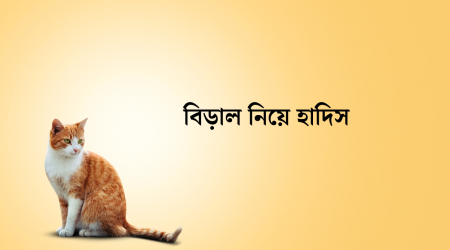The sexual health needs for adolescent girls are generally overlooked, Stigma and vulnerability affects particular groups of men as well as women. Although men generally have more access to information on sexual issues than women, and more decision-making power regarding sexual behavior, Access to information, and treatment for other infections which facilitate the transmission of HIV and onset of AIDS, including sexually transmitted infections, are limited because of weak public health services, health workers? negative attitudes, and the high cost of treatment. Recent research in North region?s three districts in Bangladesh by two Foundation has shown that while provide HIV information with discussions of safe-sex and gender issue may be discouraged for young girls and women because of the ordinary belief that to inform them about sexuality and safe-sex is to encourage sexual activity. Even though that for fear of encouraging sexual activity, mothers deny imperative information about sexual-live, safe sex, reproductive health information from their daughters.
If the adolescents are informed and thought about their sexual and reproductive health, they might take the decisions about it independently. But the physiological, behavioral and social factors that make adolescents more vulnerable than adults to STDs/STI. Seeing that girls have a large mucosal surface area exposed to infection and have not yet developed mature mucosal defence systems, the cells that line the opening of the cervix are particularly susceptible to chlamydia, gonorrhoea and HIV. One Foundation?s reveal extremely high levels of infections among adolescent girls, which are higher than those for boys. This is mainly because of the fact that at young age, boys have sex with girls of similar age, while girls have relations with older men, who are more likely to be infected. Sexual harassment of schoolgirls by older men sometime may be the cause of HIV infection. Poverty also drives many adolescent girls to accept relationships with ?sugar daddies? (older men who are prepared to give money, goods or favors in return for sex).
Social powerlessness, poverty and economic dependence contribute to the vulnerability of adolescent girls. The HIV/AIDS epidemic has been fuelled by gender inequality. Unequal power relations, sexual coercion and violence is a widespread phenomenon faced by women of all age-groups, and has an array of negative effects on female sexual, physical and mental health. HIV/AIDS infection reveals the disastrous effects of discrimination against women on human health, and on the socio-economic structure of society.
Usually, girls do not have the same educational and employment opportunities as boys, and they face family and societal forces for early marriage and childbearing. Early marriage and early childbearing are the norm in Bangladesh, although age at marriage is rising in all the countries mentioned. Finally, there is evidence that an increasing proportion of unmarried adolescents are sexually active.
Now a day, age at marriage is increasing, and this raises its own issues and concerns. Sometimes Later marriage increases premarital sex. Sex outside marriage is normally considered immoral and adolescents who engage in it particularly girls are strongly condemned. By a study ?One Foundation? also found that a substantial proportion of some young and single textile, garment workers, tea garden female workers, house key-per supplement their low wages by occasional prostitution. Consensual sex or non-commercial sex exists in rural societies, particularly when husbands are absent for a long time.
In many societies, people from groups associated with high incidences of HIV infection ? including injecting drug users, men who have sex with men, and commercial sex workers are subjected to a culture of fear and punishment when their HIV status is suspected.
সর্বশেষ এডিট : ২৬ শে জানুয়ারি, ২০০৯ দুপুর ১:০০


 অনুগ্রহ করে অপেক্ষা করুন। ছবি আটো ইন্সার্ট হবে।
অনুগ্রহ করে অপেক্ষা করুন। ছবি আটো ইন্সার্ট হবে।









